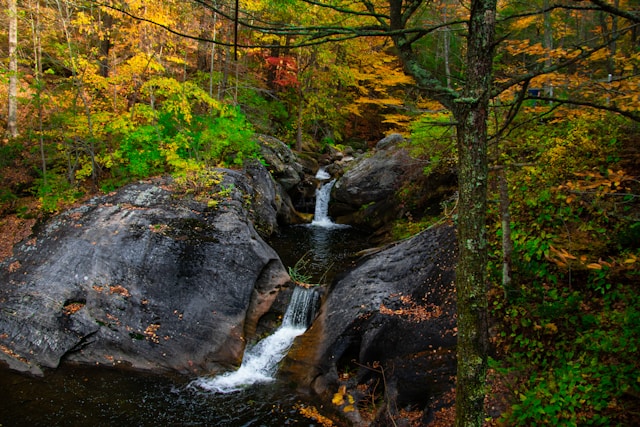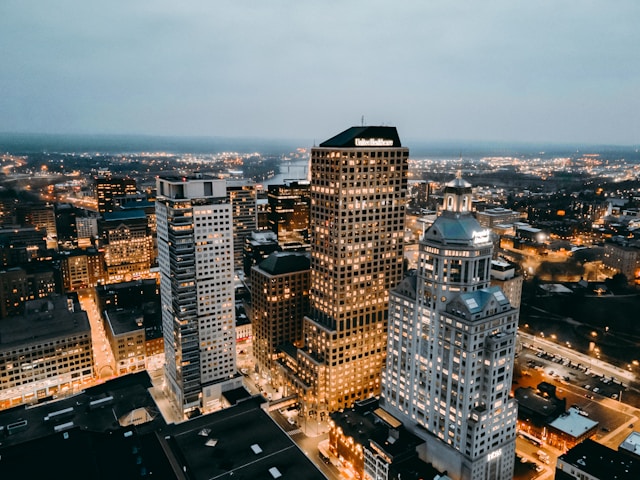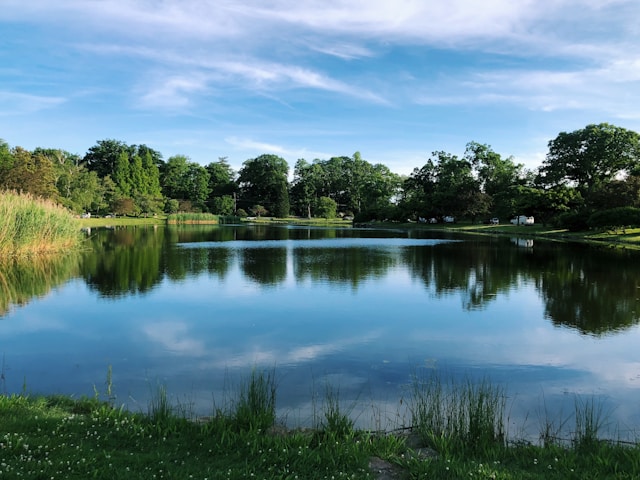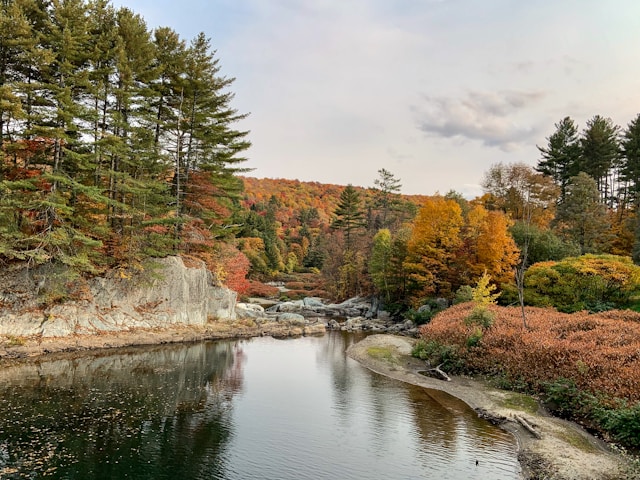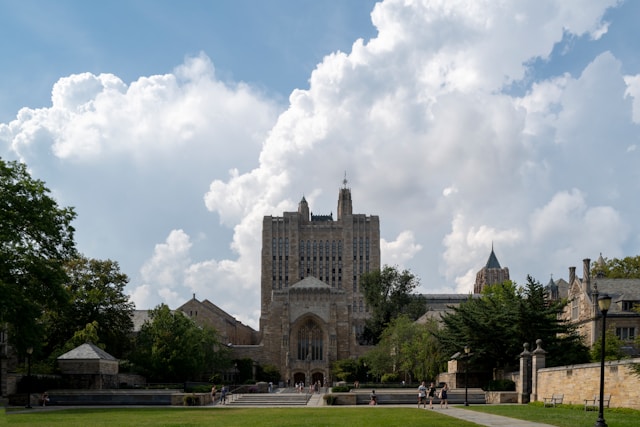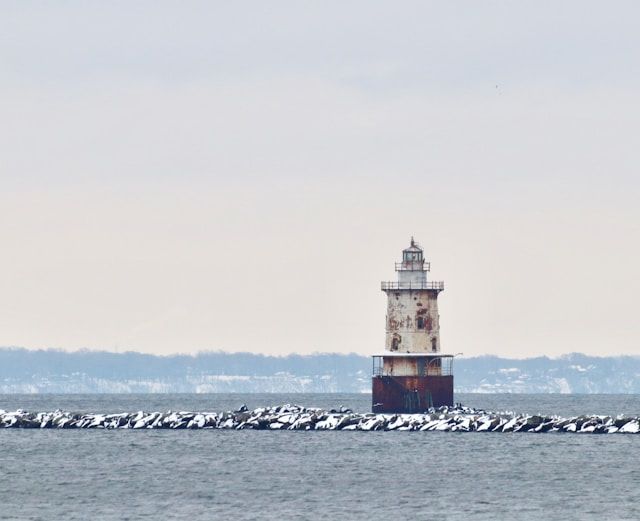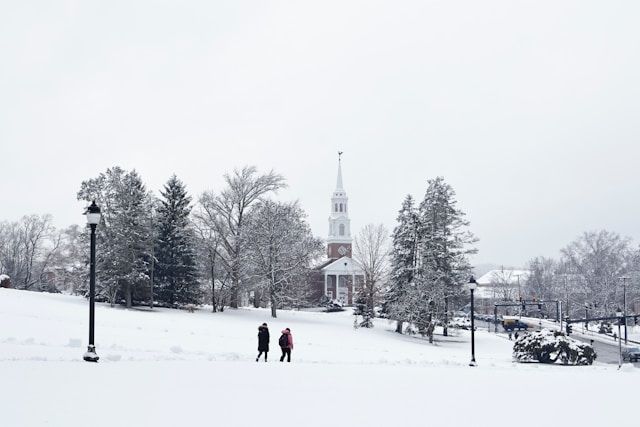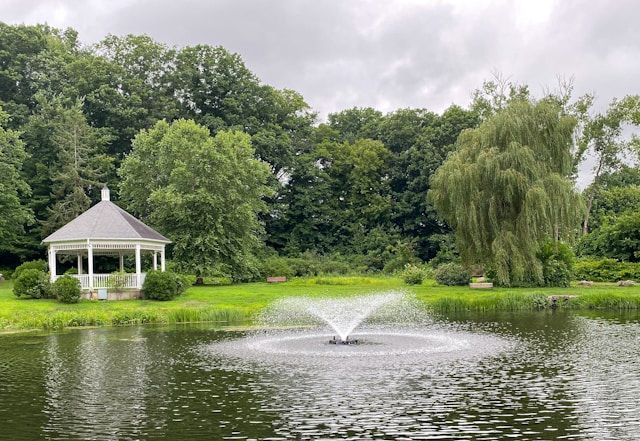Nestled in the picturesque landscape of northwestern Connecticut, Washington boasts a rich heritage dating back to the early 18th century. The town was officially incorporated in 1779, formed from portions of Woodbury, Litchfield, Kent, and New Milford. Before incorporation, the eastern section was settled by Joseph Hurlbut in 1734 and was known as the Parish of Judea, while the western portion was called the Parish of New Preston.
Today’s Washington reflects its New England roots through carefully preserved historic architecture and rural charm. The area around Washington Green became an early spiritual center when the first Judea meetinghouse was built there. Visitors can explore this fascinating past at the Gunn Historical Museum, which houses an award-winning exhibit dedicated to telling Washington’s American story.
Get a discount of 15% to 70% on accommodation in Connecticut! Look for deals here:
Connecticut Hotels, Apartments, B&Bs
With a population of just 3,646 as of 2020, this scenic Litchfield County town maintains its small-town atmosphere while offering vibrant civic and cultural experiences. The community proudly preserves its historical character while welcoming visitors to experience the authentic charm of rural New England life that has remained largely unchanged for generations.
Historical Development and Landmarks
Washington, Connecticut boasts a rich historical tapestry dating back to colonial times, with connections to its namesake George Washington and a significant industrial past centered on its waterways. The town’s carefully preserved heritage remains visible in its historic districts, museums, and cultural institutions.
Colonial Beginnings and George Washington
The town of Washington began taking shape in 1734 when colonists first settled the area. By 1779, Washington officially incorporated, combining portions of Woodbury, Litchfield, Kent, and New Milford. Nestled in the southern foothills of the Berkshire Mountains in Litchfield County, the town proudly bears the name of America’s first president, George Washington.
The Parish of Judea, as it was originally known, developed around what is now the Washington Green Historic District. This picturesque center features well-preserved colonial architecture that transports visitors back to the 18th century.
The New Preston Hill Historic District showcases another important early settlement area. Here, early residents established farms and small industries along the Aspetuck River, creating the foundation for what would become a thriving community.
Industrial Growth and Local Industries
Washington’s industrial development gained momentum with the establishment of an ironworks in 1746. Early settlers began mining iron ore, harnessing the power of the Shepaug River to fuel local industry. Mills and factories sprung up along the waterways, producing textiles, tools, and other essential goods.
The arrival of the railroad in 1872 marked a pivotal moment in Washington’s economic evolution. Though the railroad caused local manufacturing to decline, it sparked a return to agriculture. The town became renowned for its dairy production, leveraging the fertile landscape for farming.
Washington’s industrial sites—many now repurposed or preserved as historical landmarks—offer glimpses into this productive era. Old mill buildings, factory foundations, and historic commercial structures dot the landscape, telling the story of the town’s industrial ingenuity.
Cultural Heritage and Historical Institutions
The Gunn Historical Museum, housed in a 1781 residence overlooking the historic Washington Green, stands as a premier destination for history enthusiasts. Its award-winning exhibit “Washington, Connecticut: An American Story” chronicles the town’s unique development through carefully curated artifacts and engaging storytelling.
The Gunn Memorial Library, established in the late 19th century, serves as both a repository of knowledge and an architectural gem. Its historic building combines both literary and historical significance for the community.
Bryan Memorial Town Hall, another architectural treasure, continues to function as a center of civic life while preserving its historical character. These institutions collectively maintain Washington’s rich cultural heritage through exhibits, archives, and educational programs.
Community and Education
Washington, CT thrives on active civic engagement and strong educational foundations. The town combines rural charm with sophisticated cultural offerings, creating a vibrant community atmosphere that both residents and visitors appreciate.
Local Governance and Community Organizations
The Town of Washington operates from its center in Washington Depot, with a traditional New England town meeting style of government. Local decision-making remains highly participatory, with residents directly involved in shaping town policies.
Several influential community organizations enrich life in Washington. The Steep Rock Association protects over 5,000 acres of natural landscapes through conservation efforts. The Washington Environmental Council champions sustainability initiatives and environmental education programs throughout the region.
The Institute for American Indian Studies offers cultural programs that honor and preserve indigenous heritage. These organizations host regular community events, volunteer opportunities, and educational workshops that strengthen community bonds.
Educational Institutions and Private Schools
Washington boasts exceptional educational opportunities despite its small size. The town’s commitment to education dates back centuries, continuing a long tradition of academic excellence.
The Gunnery, now known as Frederick Gunn School, stands as one of New England’s premier college preparatory institutions. Founded in 1850, this prestigious boarding school combines rigorous academics with character development and outdoor education—reflecting its founder’s progressive educational philosophy.
Several other private educational institutions have established themselves in the rural Litchfield County setting, attracted by the area’s natural beauty and cultural resources. These schools maintain small class sizes and specialized curricula that draw students from across the country and internationally.
Public education in Washington connects with the regional school system, ensuring comprehensive educational opportunities for local families while maintaining strong community ties.
Get a discount of 15% to 70% on accommodation in Connecticut! Look for deals here:
Connecticut Hotels, Apartments, B&Bs

